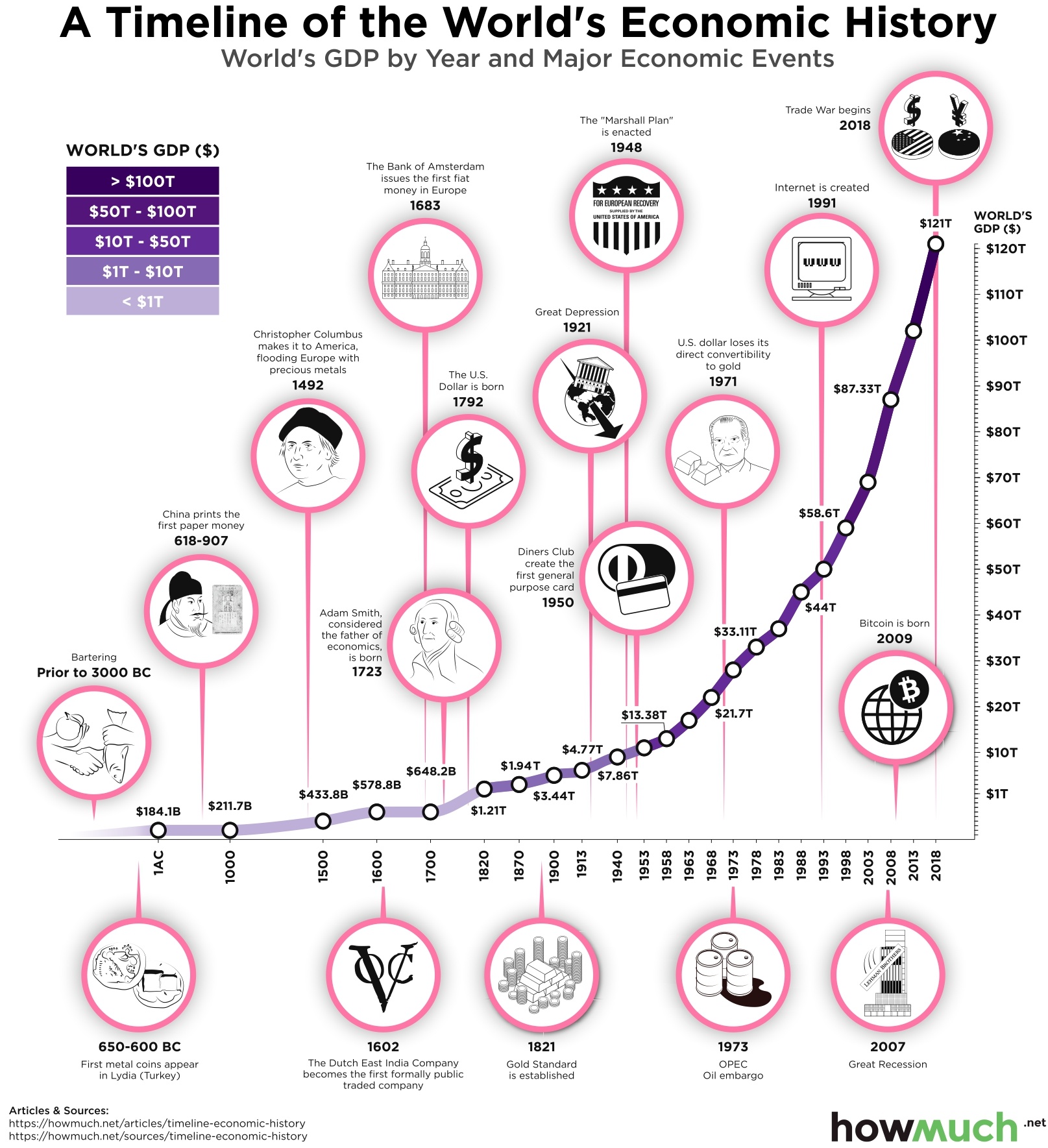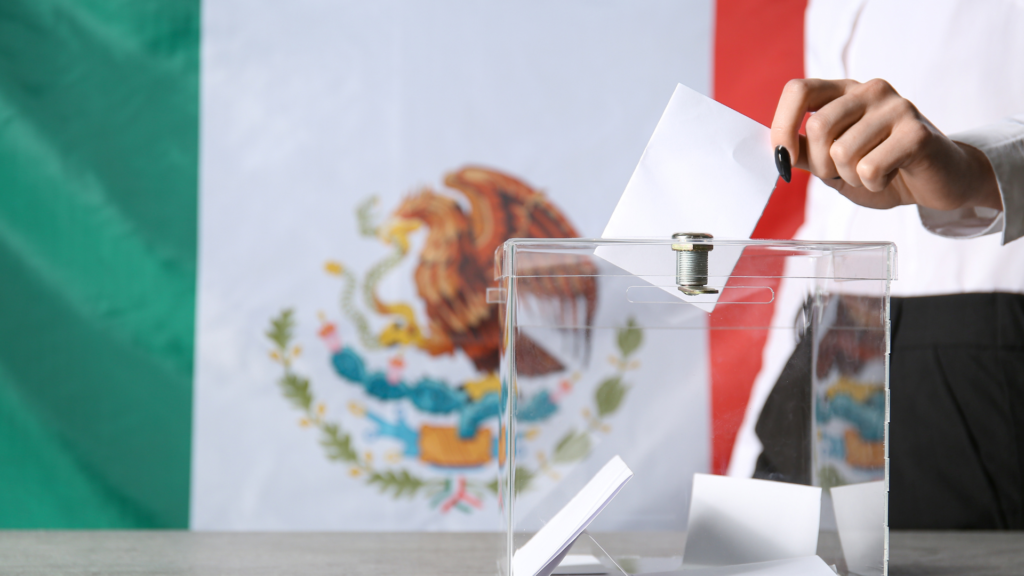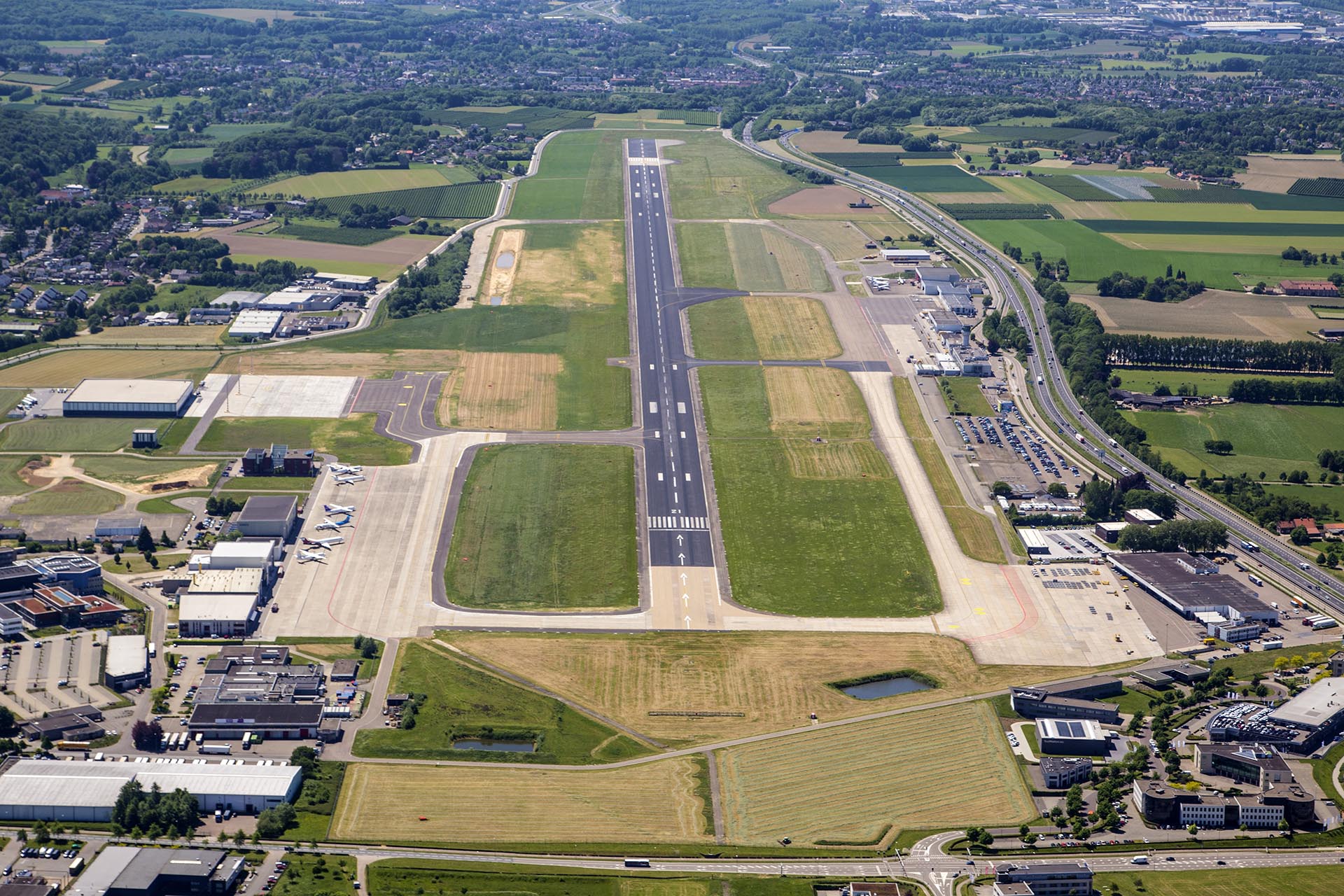Large-Scale Rave Events: An Economic Analysis

Table of Contents
Direct Revenue Streams of Large-Scale Rave Events
Large-scale rave events, defined here as events attracting thousands of attendees with multiple stages, elaborate production, and often spanning multiple days, generate substantial income through various direct revenue streams.
Ticket Sales and VIP Packages
Ticket sales form the cornerstone of revenue for any large-scale rave event. Pricing strategies often involve tiered ticketing, offering general admission, VIP access, and potentially even premium packages with exclusive perks. For example, a major festival might charge $100 for general admission, $250 for VIP access with dedicated viewing areas and express entry, and upwards of $500 for luxury packages including meet-and-greets with artists.
- Early bird discounts: These incentivize early purchases and generate revenue upfront, securing a significant portion of the expected attendance.
- VIP package sales: These contribute significantly to higher profit margins due to their premium pricing.
- Group discounts: These encourage attendees to purchase tickets together, increasing overall ticket sales.
- Dynamic pricing: Some festivals employ dynamic pricing models, adjusting ticket prices based on demand, maximizing revenue potential.
Merchandise and Branding
Beyond ticket sales, a substantial revenue stream comes from merchandise and branding opportunities. Festival-branded clothing, accessories, and other novelty items are popular among attendees. Sponsorships from major brands further add to the income.
- Successful merchandise strategies: Limited-edition designs, collaborations with artists, and high-quality products contribute to strong merchandise sales.
- Branding partnerships: Sponsorships from energy drink companies, clothing brands, and technology companies contribute significantly to revenue.
- Online merchandise sales: Extending merchandise sales online before, during, and after the event can significantly boost revenue.
Food and Beverage Sales
Concessions, bars, and food vendors within the event space contribute a considerable amount to the overall revenue. Profit margins can vary widely depending on food and beverage costs and pricing strategies.
- Profit margins: Careful cost management and strategic pricing are crucial for maximizing profits from food and beverage sales.
- Vendor agreements: Negotiating favorable vendor agreements ensures a healthy profit share for the event organizers.
- Food and beverage options: Offering a diverse range of food and drink options caters to a wider audience and boosts sales.
Indirect Economic Impacts of Large-Scale Rave Events
The economic benefits of large-scale rave events extend far beyond direct revenue streams, generating significant indirect economic activity.
Tourism and Hospitality
These events attract attendees from across the globe, stimulating local tourism. Hotels, restaurants, and transportation services experience a surge in demand.
- Increased hotel occupancy rates: Events often lead to near-full occupancy in nearby hotels, generating substantial revenue for the hospitality sector.
- Restaurant revenue: Attendees frequent local restaurants, bars, and cafes, boosting their revenue significantly.
- Transportation demand: Increased demand for taxis, ride-sharing services, and public transport generates additional income for transportation providers.
- Multiplier effect: The spending by attendees and event staff creates a multiplier effect, benefiting a wide range of businesses within the local economy.
Employment Generation
Large-scale rave events generate employment opportunities across various sectors, both temporarily and permanently.
- Types of jobs created: Security personnel, event staff, medical teams, vendors, cleaning crews, and even construction workers for temporary infrastructure all benefit from these events.
- Temporary vs. permanent positions: While many jobs are temporary, some events contribute to the creation of permanent positions within the local economy.
Local Infrastructure Development
Hosting large-scale rave events can sometimes spur improvements to local infrastructure, such as roads and public transport.
- Long-term benefits: Improved infrastructure can benefit the local community long after the event concludes.
- Potential drawbacks: Infrastructure improvements can be costly and may not always be sustainable.
- Sustainable infrastructure development: Event organizers should prioritize sustainable infrastructure development to minimize negative environmental impacts.
Challenges and Considerations for Large-Scale Rave Events
While the economic benefits are considerable, large-scale rave events face several challenges.
Security and Safety Concerns
Ensuring the safety and security of attendees is paramount and comes with considerable cost.
- Costs of security personnel: Hiring sufficient security personnel to manage large crowds is essential but expensive.
- Medical services: Providing adequate medical services to address potential injuries or emergencies increases costs.
- Contingency planning: Thorough contingency planning for various scenarios is vital and requires investment.
Environmental Impact and Sustainability
Large-scale events inevitably have an environmental footprint.
- Waste management: Implementing effective waste management strategies to minimize environmental impact is crucial.
- Carbon emissions: Reducing carbon emissions through sustainable transport options and energy-efficient practices is essential.
- Sustainable practices: Adopting sustainable practices throughout the event planning and execution is becoming increasingly important.
Regulation and Licensing
Navigating the regulatory environment and obtaining necessary licenses can present challenges.
- Permitting processes: Securing permits and licenses can be complex and time-consuming.
- Compliance costs: Meeting regulatory requirements involves significant costs.
- Impact of regulations on event profitability: Stringent regulations can affect event profitability, requiring careful planning and cost management.
Conclusion: Understanding the Economic Power of Large-Scale Rave Events
Large-scale rave events contribute significantly to local and national economies through direct revenue streams from ticket sales, merchandise, and concessions, as well as indirect benefits through tourism, employment generation, and infrastructure development. However, it's crucial to acknowledge the potential negative impacts, particularly environmental concerns and safety challenges. Responsible planning, sustainable practices, and careful consideration of regulatory requirements are essential to maximize the economic benefits while minimizing negative consequences. Further research into the economics of large-scale music festivals and the financial impact of rave events is needed to ensure the long-term viability and sustainability of these impactful cultural events. Assessing the economic viability of large-scale raves through a comprehensive lens will help organizers, policymakers, and communities make informed decisions about their hosting and development.

Featured Posts
-
 Ufc 313 Fighter Admits Loss In Prelims Bout
May 19, 2025
Ufc 313 Fighter Admits Loss In Prelims Bout
May 19, 2025 -
 Cne Bajo Presion Militar Implicaciones Para Las Elecciones
May 19, 2025
Cne Bajo Presion Militar Implicaciones Para Las Elecciones
May 19, 2025 -
 Preparation Du Salami Au Chocolat Un Dessert Francais Pour Toutes Occasions
May 19, 2025
Preparation Du Salami Au Chocolat Un Dessert Francais Pour Toutes Occasions
May 19, 2025 -
 Ufc Vegas 106 Morales Stunning Ko Victory Over Burns Whats Next
May 19, 2025
Ufc Vegas 106 Morales Stunning Ko Victory Over Burns Whats Next
May 19, 2025 -
 El Papel De Cohep En La Observacion Electoral
May 19, 2025
El Papel De Cohep En La Observacion Electoral
May 19, 2025
Latest Posts
-
 Senate Education Cuts Spark University Lawsuit Threat
May 19, 2025
Senate Education Cuts Spark University Lawsuit Threat
May 19, 2025 -
 Exploring The Chatter 5 Rumors About Chat Gpts Release Capabilities And Pricing
May 19, 2025
Exploring The Chatter 5 Rumors About Chat Gpts Release Capabilities And Pricing
May 19, 2025 -
 Passagiersaantallen Maastricht Airport Trendanalyse 2025
May 19, 2025
Passagiersaantallen Maastricht Airport Trendanalyse 2025
May 19, 2025 -
 Senate Approves Education Cuts Universities Prepare Legal Challenge
May 19, 2025
Senate Approves Education Cuts Universities Prepare Legal Challenge
May 19, 2025 -
 Chat Gpt Rumors Unveiling The Truth About Its Release Date Features And Price
May 19, 2025
Chat Gpt Rumors Unveiling The Truth About Its Release Date Features And Price
May 19, 2025
